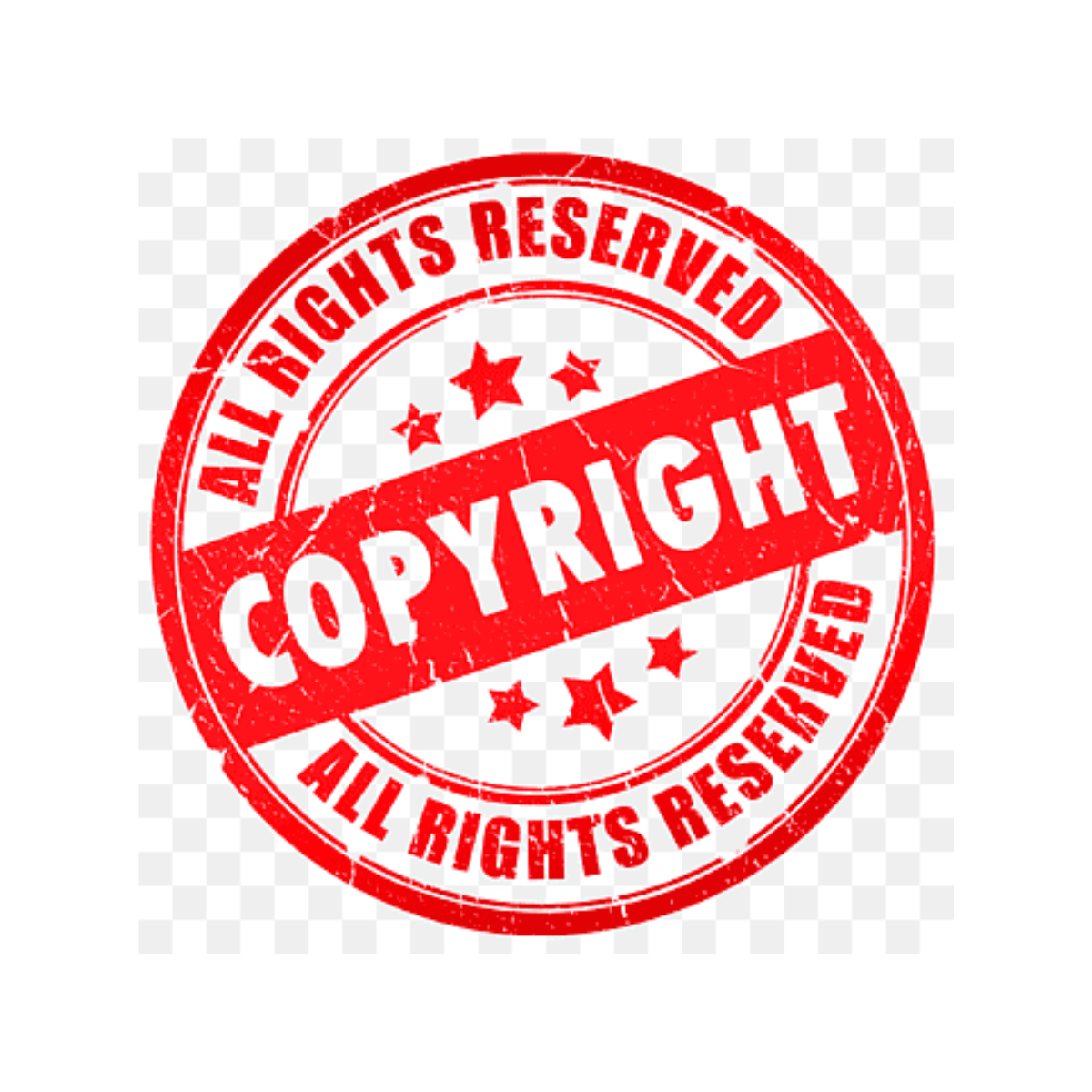Copyright is a type of protected innovation regulation that gives the maker of a unique work select freedoms to its utilization and conveyance, generally temporarily, determined to empower the maker to get remuneration for their scholarly exertion. Here is an outline of copyright and the course of copyright enrollment:
What can be copyrighted?
- Literary works (e.g., books, articles, poems)
- Musical compositions and lyrics
- Dramatic works (e.g., plays, scripts)
- Artistic works (e.g., paintings, drawings, sculptures)
- Architectural designs
- Audiovisual works (e.g., movies, TV shows, videos)
- Sound recordings
- Computer software
- Choreographic works
- Photographs
Rights granted by copyright:
- Reproduction: The right to reproduce the work in copies or phonorecords.
- Distribution: The right to distribute copies of the work to the public.
- Derivative works: The right to create adaptations or derivative works based on the original.
- Public performance: The right to perform the work publicly.
- Public display: The right to display the work publicly.
- Digital transmission: The right to transmit sound recordings digitally.
Copyright Registration Process:
- Creation of Work: When an original work is created and placed in a tangible medium of expression, copyright protection is automatic. In any case, enrollment gives extra advantages, for example, laying out an openly available report of the “©” guarantee.
- Application for “©“: In many countries, including the United States, you must submit an application to the “©” office in order to register a “©“. This commonly incorporates finishing up a structure, paying a charge, and presenting a duplicate of the work.
- Audit and Handling: The “©” office surveys the application to guarantee it meets generally lawful necessities. This interaction might require a while.
- Issuance of Certificate: The copyright office will issue a “©” certificate confirming the work’s registration if the application is accepted.
Benefits of Copyright Registration:
- Provides a public record of the “©” claim.
- Establishes a legal presumption of ownership and validity.
- Allows the owner to sue for statutory damages and attorney’s fees in case of infringement.
- Necessary for filing infringement lawsuits in many jurisdictions.
Duration of Copyright Protection:
“©” assurance ordinarily goes on for the creator’s lifetime in addition to an extra period (e.g., 70 years in numerous purviews) after the creator’s passing. Nonetheless, the span might change relying upon factors like the kind of work and the laws of the country.
Copyright Infringement:
“©” encroachment happens when somebody abuses one of the select privileges conceded to the “©” proprietor without consent. Solutions for encroachment might incorporate financial harms, orders, and capture of encroaching duplicates.
Fair Use:
Fair use is a lawful precept that permits restricted utilization of protected material without consent from the “©” proprietor for purposes, for example, analysis, critique, news revealing, instructing, grant, or examination.
International Copyright Protection:
“©” insurance is for the most part conceded in view of public regulations, however worldwide settlements, like the Berne Show, give a system to complementary acknowledgment and security of copyrights among part nations.
Conclusion:
“©” is a urgent part of safeguarding protected innovation freedoms and boosting innovativeness and development. Understanding intellectual property regulation and the enlistment interaction can assist makers with shielding their works and uphold their freedoms really. On the off chance that you have explicit inquiries regarding intellectual property regulation or the enrollment cycle, talking with a certified lawyer gaining practical experience in licensed innovation regulation is prudent.



1 thought on “COPYRIGHT”